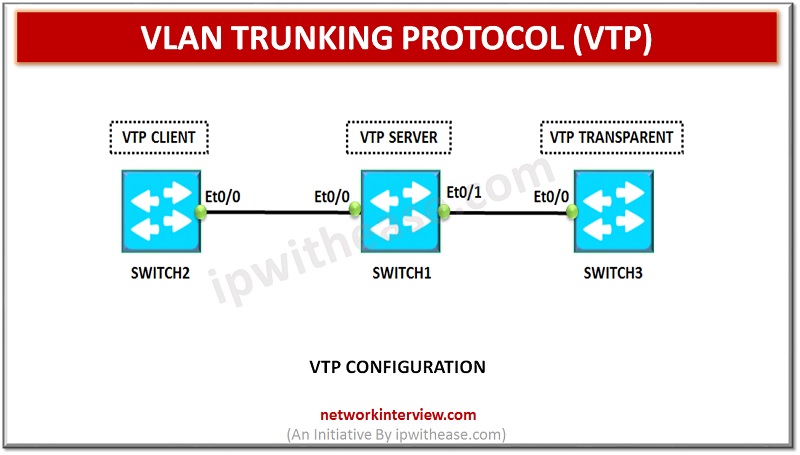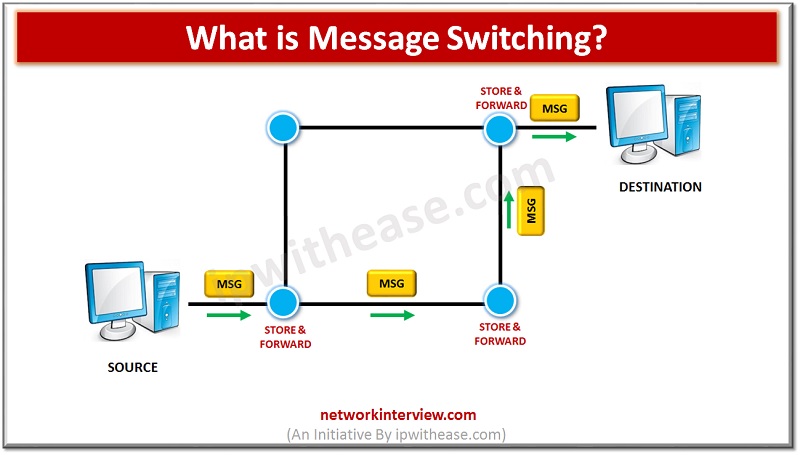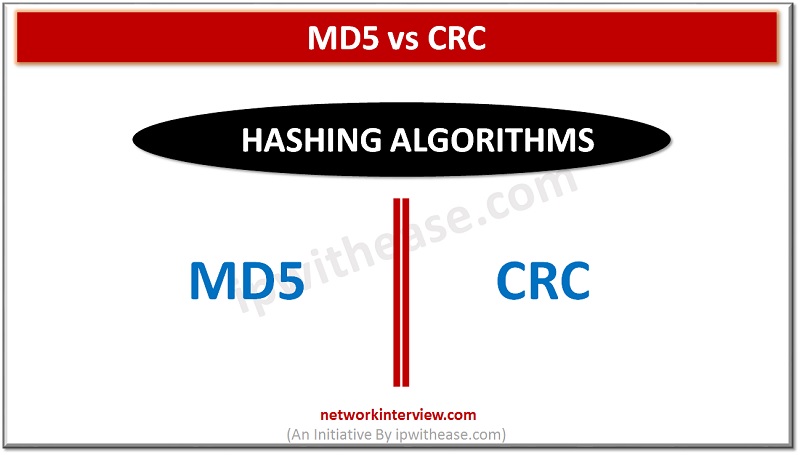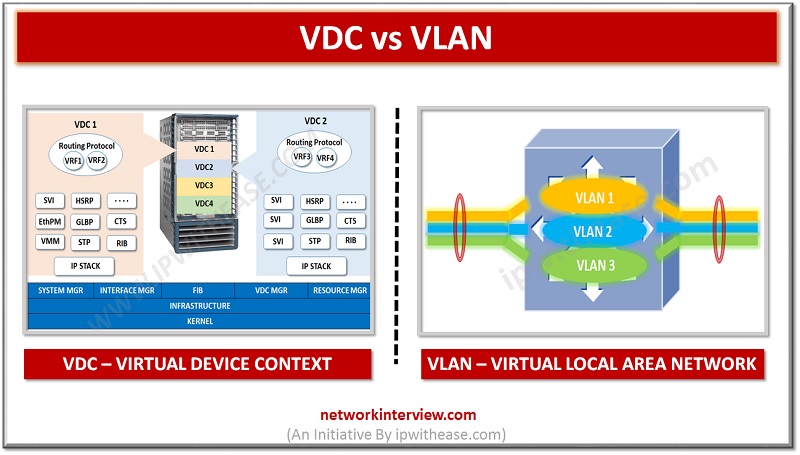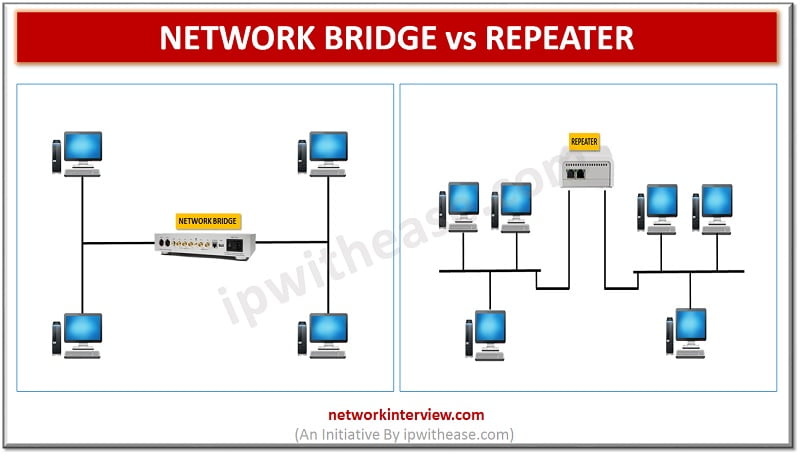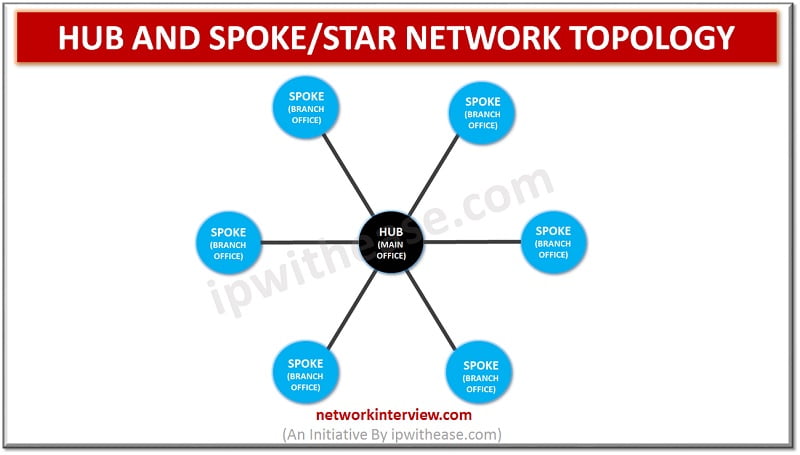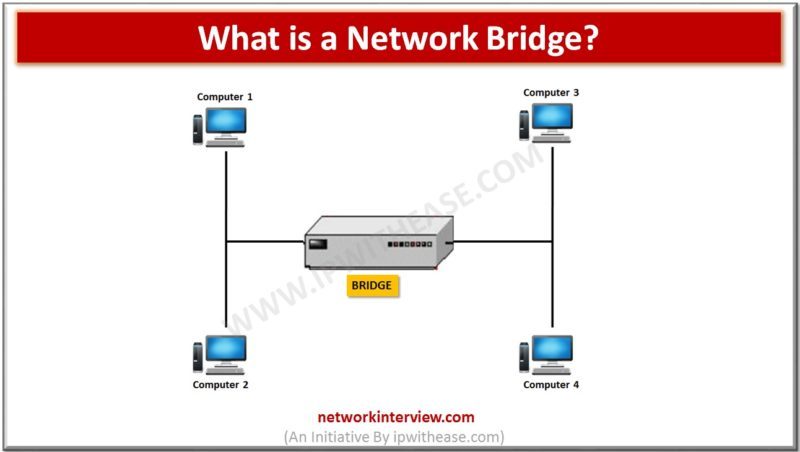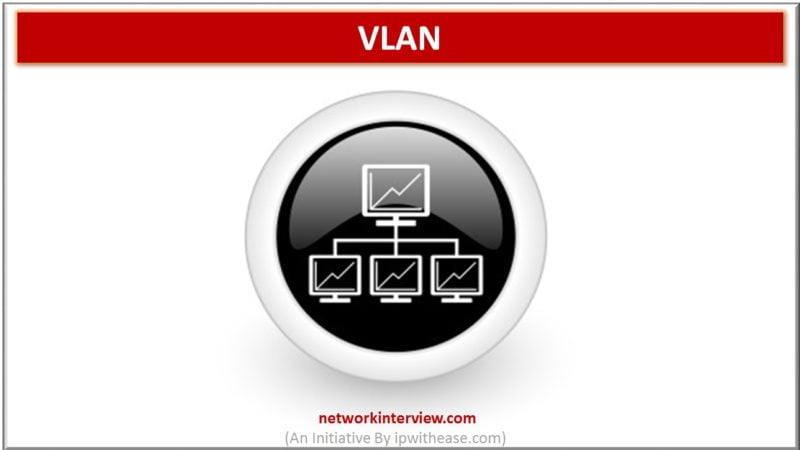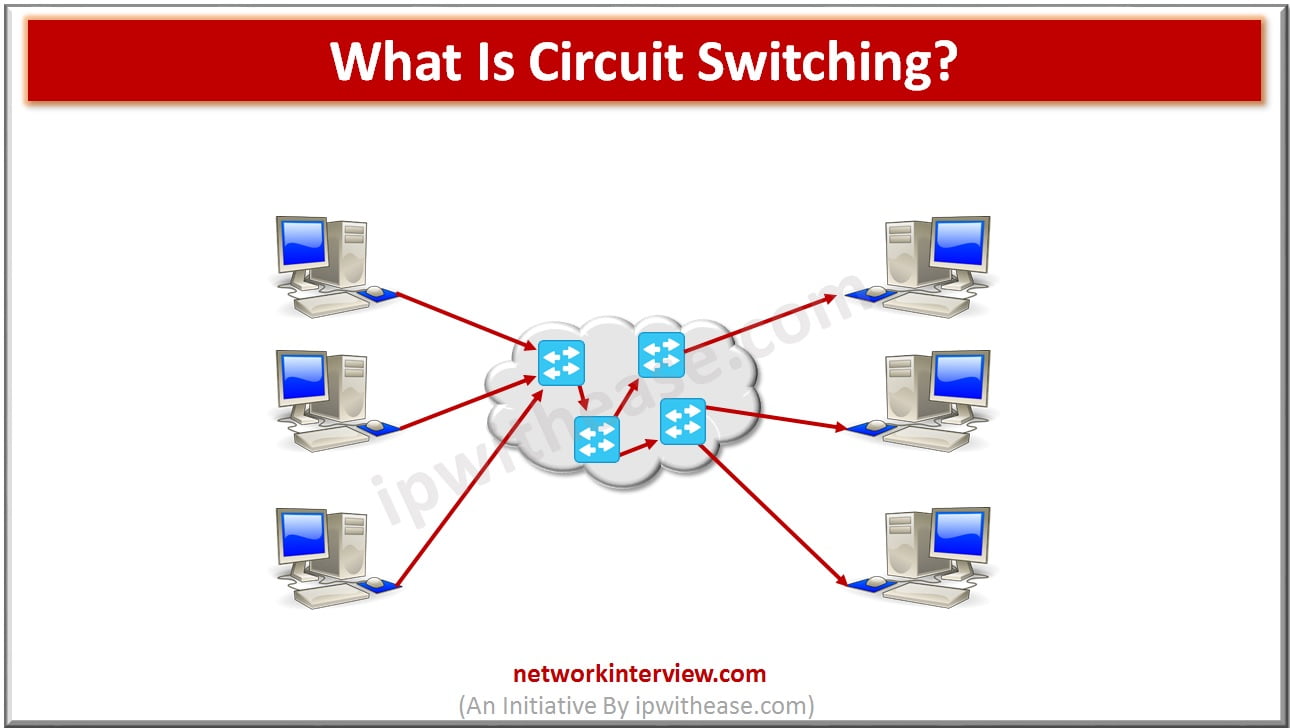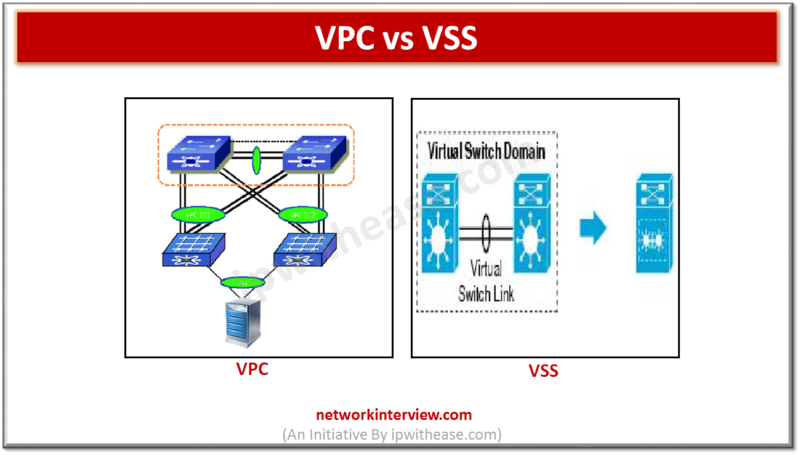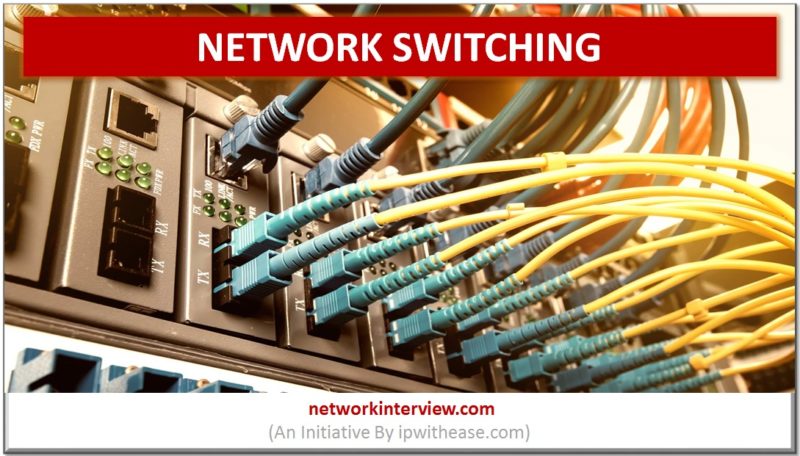VLAN Trunking Protocol VLAN Trunking Protocol is used by Cisco switches to exchange VLAN information. In VTP, synchronization of VLAN information, such as VLAN ID or VLAN name can be done with switches inside the same VTP domain. VTP domain is …
Introduction to Network Switching Before understanding Message Switching, let’s explore the basic types of switching. Switching is an important mechanism that provides communication between different networks or different computer(s) and manages the data flow between the two end points. There are …
Difference Between MD5 and CRC MD5 and CRC are 2 of most commonly used hashing algorithms, infact while comparing files and including other use cases. In this article. We will understand both the concepts of hashing algorithm and how one …
Introduction : VDC vs VLAN Virtualization in IT systems has helped Network estate immensely. 2 technologies which have helped networking across various segments are VLAN and VDC. While VLAN is short for Virtual Local Area Network, VDC means Virtual device …
Introduction: MAC Address vs IP Address All devices part of a network can connect and communicate with each other. However, when we try to put logic around the communication between these devices, the key query that always arises in our …
Network Bridge and Router are 2 key networking devices used in connecting segments or networks. While Bridge has been taken by switch, Router still remains the cornerstone of any WAN Network and has been expanding its role with introduction of …
NETWORK BRIDGE vs REPEATER While working on networking concepts, network engineers may face challenge in understanding how Network Bridge and repeater are different and their working principles. In this article, we will touchbase on both the devices and compare their …
Physical Switch vs Virtual Switch A good and reliable network can help you in running a business operation seamlessly. That is the reason why a professionally reliable network always come with certain vital features that ensure unflinching results as per …
HUB AND SPOKE/ STAR NETWORK TOPOLOGY Network Topology refers to the physical or logical layout of a network. Hub and spoke or star topology is a site-to-site Wide Area Network (WAN) topology. In this type of topology, we have a central device, called …
Skills required for Network Engineer In any IT setup, Network Engineer is the key and fundamental resource responsible for setup of network infrastructure on which all the services like Security, voice, wireless, messaging and Internet are made accessible. A network …
To detect the error in any type of digital data, CRC is used. CRC stands for Cyclic Redundancy check. It is a type of has function that will automatically detect even the minor changes in the raw data of the …
A network bridge is a device that can create a single network from different and multiple network segments. In other words, it can connect the two or more networks. The function used here is called Network Bridging. There is a …
VLAN is the abbreviation of a Virtual local area network. In the real sense, it is a category of network devices, servers, and workstations that are visible on the same Local area network (LAN) in spite of their geographical positioning. …
Before understanding Packet Switching, let’s explore the basic types of switching. Switching is the important mechanism that provides communication between different endpoints or different computers and manages the data flow between the two end points. There are three types of switching …
Before understanding Circuit Switching, let’s explore the basic types of switching. Switching is an important mechanism that provides communication between different networks or different computer(s) and manages the data flow between the two end points. There are three types of switching …
Both Virtual PortChannel (vPC) and Virtual Switching System (VSS) are Cisco technologies designed to improve network redundancy and bandwidth utilization by eliminating Spanning Tree Protocol (STP) blockages. However, they operate differently and are used in different scenarios. Lets explore the …
Network Switching Network Switching works at Layer 2 (Data Link Layer) of OSI model. Switching is a process of receiving frame from one incoming port (ingress) and then forwarding it to as desired destination (egress). Types of Network Switching Switching …

